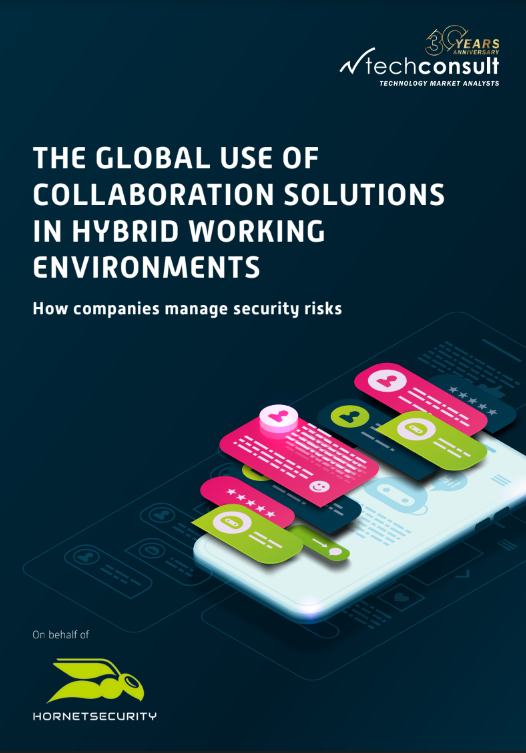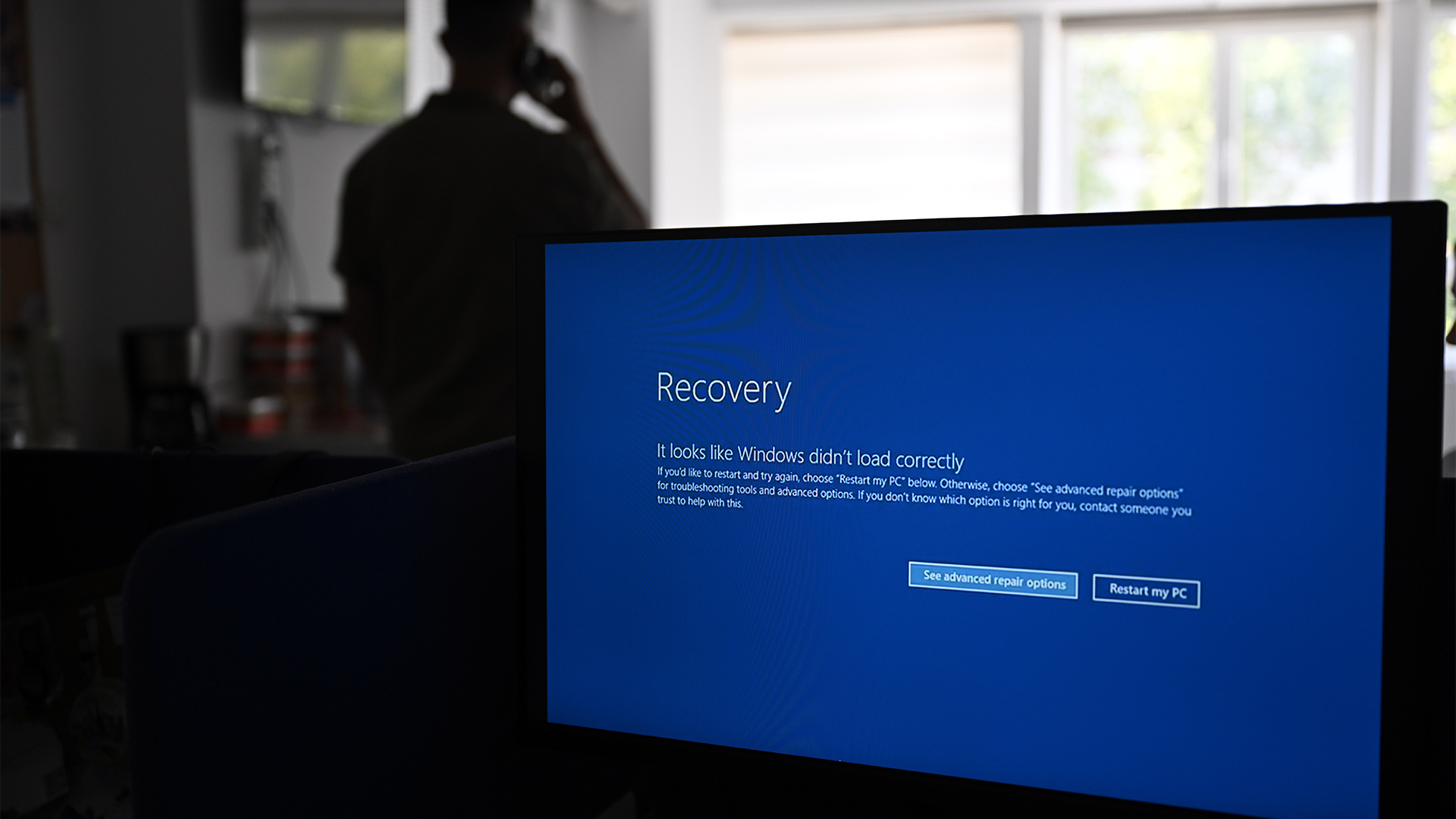How the lessons of COVID-19 are shaping the future of work
Three years on, businesses are reviewing how the pandemic changed work forever, with some organisations adapting well to hybrid work and others much worse


The pandemic forced many people out of the office and into their homes literally overnight. Organisations had to adapt – fast – and so did people. Those already ahead on the hybrid working path started with an advantage but, even for them, there was work to do. People who were working remotely a few days a week or month suddenly became people who were working from home all the time. The technology had to be just right, but success relied just as much on supporting people.
As some organisations continue with some form of hybrid working – the nature of which varies wildly between businesses – all organisations are assessing what the key lessons are from the pandemic. The takeaways will vary on so many factors, though, including attitudes to remote working in principle and the overall experience during COVID-19.
Looking at these areas will give any organisations, large or small, including those which struggled the first time around, a perfect set of tools to refine and improve their hybrid working strategy. This isn't just about what technology might be available, but rather how to adapt that technology for use across the workforce, and how people are expecting to be treated in a post-pandemic landscape.
Top technology for hybrid working
The tools that have worked best since the pandemic are the ones that have been best at supporting hybrid working. This statement seems obvious, but the devil is in the detail. “Mapping out the requirements for your business is one thing, but pre-empting how that will work and impact users in their everyday roles is quite another,” Cate Kalson, chief people officer at Opencast, tells IT Pro.
When it comes to implementing hybrid working technologies, this means thinking very practically not only about the technologies themselves, but the impact they have on your people who may be working in the office, at home, in other locations, or any mixture of these. “To solve new problems, you need new solutions. That’s why trying to address hybrid working with old operational processes won’t drive meaningful change,” Kalson adds. “Businesses that understand this have been the most successful at implementing hybrid working policies that stand the test of time.”
What that means is it’s no good jumping onto a cloud platform and thinking the job’s done. There are basics like email that can be standardised across any organisation. But when it comes to collaborative working, co-creation of documents, or any other kind of media and self-managed meeting scheduling, it’s important to think carefully about what tools best suit. It’s easy, too, to overlook the importance of the casual conversation in the office that sparks off a whole new train of thought for a team. From such conversations can come great things – but how can you cater for that in a technology-led environment?
Addressing this in a very practical sense, Kalson tells IT Pro: “One way to achieve this is to carve out a space for it in your organisational structure. For example, a role that might have once been called a ‘facilities manager’ could now be a ‘hybrid experience manager’.”
Get the ITPro daily newsletter
Sign up today and you will receive a free copy of our Future Focus 2025 report - the leading guidance on AI, cybersecurity and other IT challenges as per 700+ senior executives
Flattening your business hierarchy
When the pandemic changed work patterns, companies with flat structures or previous experience with home-working policies had a big advantage, says Jan Hauser, CEO of software developer Applifting. He adds these businesses tended to give their employees both freedom and trust.
“In companies with a flat structure, there are usually different types of people than in companies with a classic hierarchical structure,” Huaser explains. “People are driven to be autonomous, independent, and responsible in the former case. They are encouraged to manage their own time and make important decisions.”
RELATED RESOURCE

The global use of collaboration solutions in hybrid working environments
How companies manage security risks
Meanwhile, in more hierarchical settings, decision-making is less autonomous, and a more senior-level thing. For more hierarchical teams or businesses, the move to hybrid working may have been jarring even symbolically through videoconferencing. In the past, senior management may have expressed their authority by occupying lavish offices with perks that allowed them to, say, travel to work in comfort. Once COVID-19 hit, everybody occupied the exact same digital square on the likes of Zoom and Google Meet, regardless of position.
Logically, then, adopting a hybrid model has already gone some way to flattening the structure, and requires businesses to cultivate a more autonomous working environment to at least promote that sense of trust and freedom. Hauser adds that building on a hybrid working model is a choice that “fundamentally changes” how people work, both individually and collectively. “If the change doesn't go hand in hand with a genuine effort to adapt to and iterate on the new dynamic, it can spell trouble.”
Don’t fall into the trap of focusing on tech
When thinking about hybrid working in the longer term, arguably the people management side of things takes precedence over technology. Once your hybrid working tech is in place, people need to use it and must feel that it’s supporting their work, not controlling their work or surveilling them. Employees need to really appreciate the work/life balance that hybrid working can foster, rather than feel themselves as slaves to the machine who struggle to clock off. The Chartered Institute of Personnel and Development (CIPD) offers advice on hybrid meetings that, for example, focuses more on people than technology, with its top ten tips including just two focussing on technology choices. The remaining eight are firmly focused on areas like people management, meeting etiquette, inclusion and training.
Similarly, echoing Kalson’s suggestion of replacing the ‘facilities manager’ with a ‘hybrid experience manager’, CIPD offers a planner employers can use to assess the suitability of specific roles for hybrid working.
It would seem the pandemic has taught us it’s entirely possible for some sectors to maintain a hybrid workforce – and to do so successfully. The acceleration of digital transformation and growth in the use of cloud technologies has played its part in facilitating the willingness of many organisations to allow workers to continue to be productive remotely for at least some of the time. While an organisation’s technology is what allows work to happen, it is an organisation’s people who make work happen, and supporting them is an ongoing process. Perhaps the most successful organisations in 2023 and beyond will be those who undertake continuous, unrelenting focus on their people for the long term.

Sandra Vogel is a freelance journalist with decades of experience in long-form and explainer content, research papers, case studies, white papers, blogs, books, and hardware reviews. She has contributed to ZDNet, national newspapers and many of the best known technology web sites.
At ITPro, Sandra has contributed articles on artificial intelligence (AI), measures that can be taken to cope with inflation, the telecoms industry, risk management, and C-suite strategies. In the past, Sandra also contributed handset reviews for ITPro and has written for the brand for more than 13 years in total.
-
 Bigger salaries, more burnout: Is the CISO role in crisis?
Bigger salaries, more burnout: Is the CISO role in crisis?In-depth CISOs are more stressed than ever before – but why is this and what can be done?
By Kate O'Flaherty Published
-
 Cheap cyber crime kits can be bought on the dark web for less than $25
Cheap cyber crime kits can be bought on the dark web for less than $25News Research from NordVPN shows phishing kits are now widely available on the dark web and via messaging apps like Telegram, and are often selling for less than $25.
By Emma Woollacott Published
-
 IT professionals aren’t budging on flexible work demands – and more than half say they’ll quit if employers don’t meet expectations
IT professionals aren’t budging on flexible work demands – and more than half say they’ll quit if employers don’t meet expectationsNews Analysis from Randstad shows 40% of UK-based IT pros have quit over a lack of flexible work options, while 31% of workers globally have done the same.
By Ross Kelly Published
-
 'The tide seems to be turning towards office attendance': 64% of hybrid business leaders want staff back in the office – but many worry that enforcing RTO mandates will drive employees away
'The tide seems to be turning towards office attendance': 64% of hybrid business leaders want staff back in the office – but many worry that enforcing RTO mandates will drive employees awayAnalysis Many UK business leaders want their staff back in the office more frequently, but they’re scared to implement return to office (RTO) mandates in fear of worker revolts.
By George Fitzmaurice Published
-
 Employees are dead set on flexible working arrangements – three quarters would turn down a role that didn't offer hybrid options as work-life balance becomes more important than pay
Employees are dead set on flexible working arrangements – three quarters would turn down a role that didn't offer hybrid options as work-life balance becomes more important than payNews New research shows workers are increasingly demanding flexible working arrangements from employers.
By Emma Woollacott Published
-
 Nearly half of tech workers are seeking new roles – declining employee benefits and reduced flexible working options have staff looking elsewhere
Nearly half of tech workers are seeking new roles – declining employee benefits and reduced flexible working options have staff looking elsewhereNews While salaries are rising for tech workers, other benefits are in decline, leading to a fall in job satisfaction
By Emma Woollacott Published
-
 It's been two weeks since CrowdStrike caused a global IT outage – what lessons should we learn?
It's been two weeks since CrowdStrike caused a global IT outage – what lessons should we learn?Opinion The incident on 19 July was possibly the biggest IT outage to date
By Stephen Pritchard Published
-
 Game-changing data security in seconds
Game-changing data security in secondswhitepaper Lepide’s real-time in-browser demo
By ITPro Published
-
 Unlocking the opportunities of open banking and beyond
Unlocking the opportunities of open banking and beyondwhitepaper The state of play, the direction of travel, and best practices from around the world
By ITPro Published
-
 Accelerated, gen AI powered mainframe app modernization with IBM watsonx code assistant for Z
Accelerated, gen AI powered mainframe app modernization with IBM watsonx code assistant for Zwhitepaper Many top enterprises run workloads on IBM Z
By ITPro Published